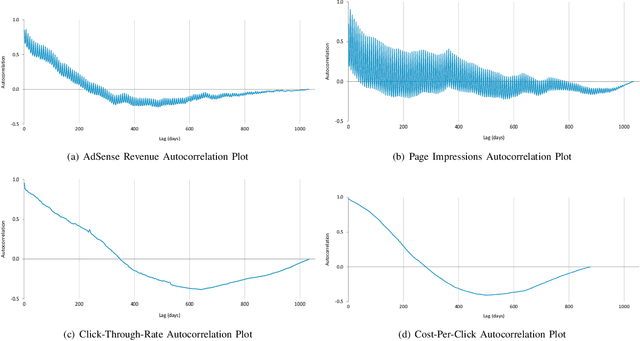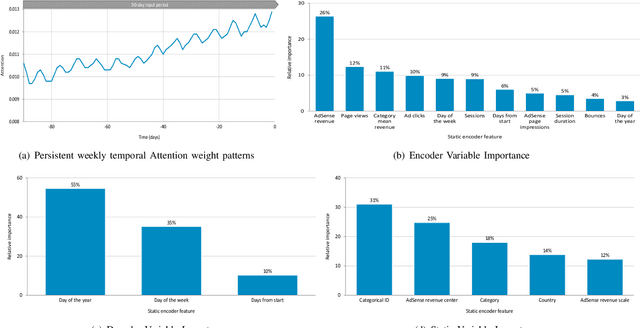Maximilian Kaiser
Cross-Platform E-Commerce Product Categorization and Recategorization: A Multimodal Hierarchical Classification Approach
Aug 27, 2025Abstract:This study addresses critical industrial challenges in e-commerce product categorization, namely platform heterogeneity and the structural limitations of existing taxonomies, by developing and deploying a multimodal hierarchical classification framework. Using a dataset of 271,700 products from 40 international fashion e-commerce platforms, we integrate textual features (RoBERTa), visual features (ViT), and joint vision--language representations (CLIP). We investigate fusion strategies, including early, late, and attention-based fusion within a hierarchical architecture enhanced by dynamic masking to ensure taxonomic consistency. Results show that CLIP embeddings combined via an MLP-based late-fusion strategy achieve the highest hierarchical F1 (98.59\%), outperforming unimodal baselines. To address shallow or inconsistent categories, we further introduce a self-supervised ``product recategorization'' pipeline using SimCLR, UMAP, and cascade clustering, which discovered new, fine-grained categories (e.g., subtypes of ``Shoes'') with cluster purities above 86\%. Cross-platform experiments reveal a deployment-relevant trade-off: complex late-fusion methods maximize accuracy with diverse training data, while simpler early-fusion methods generalize more effectively to unseen platforms. Finally, we demonstrate the framework's industrial scalability through deployment in EURWEB's commercial transaction intelligence platform via a two-stage inference pipeline, combining a lightweight RoBERTa stage with a GPU--accelerated multimodal stage to balance cost and accuracy.
Beyond Rankings: Exploring the Impact of SERP Features on Organic Click-through Rates
May 31, 2023



Abstract:Search Engine Result Pages (SERPs) serve as the digital gateways to the vast expanse of the internet. Past decades have witnessed a surge in research primarily centered on the influence of website ranking on these pages, to determine the click-through rate (CTR). However, during this period, the landscape of SERPs has undergone a dramatic evolution: SERP features, encompassing elements such as knowledge panels, media galleries, FAQs, and more, have emerged as an increasingly prominent facet of these result pages. Our study examines the crucial role of these features, revealing them to be not merely aesthetic components, but strongly influence CTR and the associated behavior of internet users. We demonstrate how these features can significantly modulate web traffic, either amplifying or attenuating it. We dissect these intricate interaction effects leveraging a unique dataset of 67,000 keywords and their respective Google SERPs, spanning over 40 distinct US-based e-commerce domains, generating over 6 million clicks from 24 million views. This cross-website dataset, unprecedented in its scope, enables us to assess the impact of 24 different SERP features on organic CTR. Through an ablation study modeling CTR, we illustrate the incremental predictive power these features hold.
Interpretable Deep Learning for Forecasting Online Advertising Costs: Insights from the Competitive Bidding Landscape
Feb 11, 2023Abstract:As advertisers increasingly shift their budgets toward digital advertising, forecasting advertising costs is essential for making budget plans to optimize marketing campaign returns. In this paper, we perform a comprehensive study using a variety of time-series forecasting methods to predict daily average cost-per-click (CPC) in the online advertising market. We show that forecasting advertising costs would benefit from multivariate models using covariates from competitors' CPC development identified through time-series clustering. We further interpret the results by analyzing feature importance and temporal attention. Finally, we show that our approach has several advantages over models that individual advertisers might build based solely on their collected data.
Online Advertising Revenue Forecasting: An Interpretable Deep Learning Approach
Nov 16, 2021



Abstract:Online advertising revenues account for an increasing share of publishers' revenue streams, especially for small and medium-sized publishers who depend on the advertisement networks of tech companies such as Google and Facebook. Thus publishers may benefit significantly from accurate online advertising revenue forecasts to better manage their website monetization strategies. However, publishers who only have access to their own revenue data lack a holistic view of the total ad market of publishers, which in turn limits their ability to generate insights into their own future online advertising revenues. To address this business issue, we leverage a proprietary database encompassing Google Adsense revenues from a large collection of publishers in diverse areas. We adopt the Temporal Fusion Transformer (TFT) model, a novel attention-based architecture to predict publishers' advertising revenues. We leverage multiple covariates, including not only the publisher's own characteristics but also other publishers' advertising revenues. Our prediction results outperform several benchmark deep-learning time-series forecast models over multiple time horizons. Moreover, we interpret the results by analyzing variable importance weights to identify significant features and self-attention weights to reveal persistent temporal patterns.
 Add to Chrome
Add to Chrome Add to Firefox
Add to Firefox Add to Edge
Add to Edge